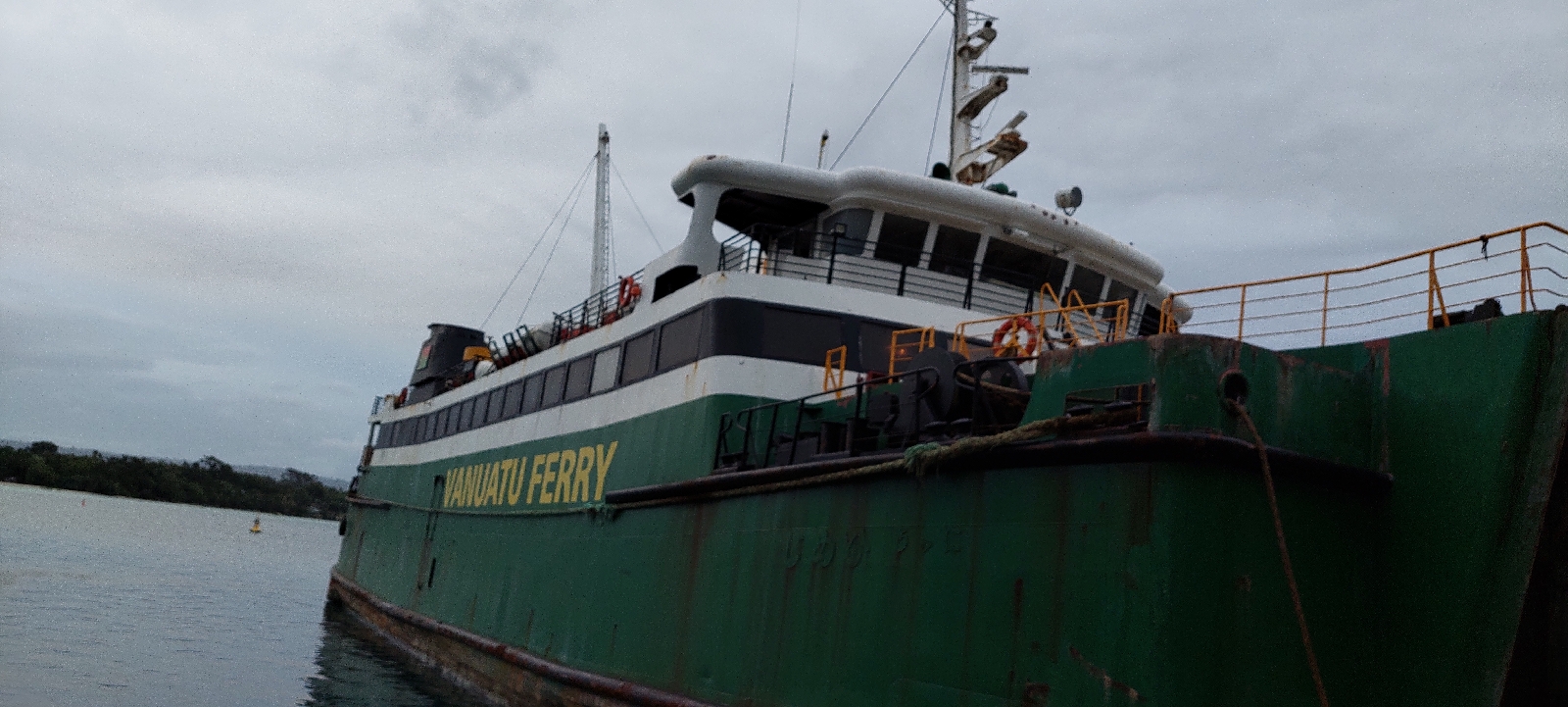But, how much conservation has PNG achieved with such amounts of money from donors like the GEF?
Ten years ago, there were 56 Protected Areas (PA) in PNG. Of these 33 are Wildlife Management Areas (WMA) established under the Fauna Protection Act 1974 while the rest are National Parks, Sanctuaries and Memorial Parks, established under the National Parks (Act) ordinance 1966-1971 and the Sanctuaries and Fauna Protected Area Act (1966). Until recently, three Conservation Area has been established under the Conservation Areas Act 1980.
These PA are situated on state land and were acquired between the 1970’s and 1980’s – none in the last four decades and all before the availability of the GEF money. Similarly, almost all WMA’s were established in the 1990’s using some GEF money, but none in the recent past.
If conservation is about acquiring land as PA’s, then PNG has failed dismally. The PA’s occupy a tiny 2.8% of the 46, 000 km2 of the PNG landmass. This is dismal given the Aichi Target 11 to have 17% of terrestrial areas protected.
If conservation is about protecting wildlife then this is another dismal effort. Notable wildlife sanctuaries established in the 1970s and 1980s only exist on paper. Baiyer Wildlife Sanctuary is not on the tourist maps anymore, so is the Wau Ecological Institute and the Moitaka Wildlife in the Nation’s Capital.
If conservation was meant to be an alternate development option to environmental destructive development, then the previous conservation projects shows that conservation will never compete with the extractive industries in fulfilling the people’s developmental aspirations. (eg: the Lak Integrated Conservation and Development Project (ICAD), New Ireland Province)If conservation was about sustainable management of resources, there is no way of measuring the impact of a sustainable management project because stories are still being told of people hunting wildlife to low numbers. There is also evidence of large scale destructive logging practice in Wildlife Management Areas.
Government efforts in conservation so far, has been found wanting. The low budget allocated to conservation year after year, the lack of new PA’s in the last two decades, even the issuance of logging and mining license in conservation areas show that conservation is a low priority to the government.
What is it that we are trying to achieve with conservation in PNG, when conservation projects are not achieving envisaged success? Could it be that we are measuring the wrong target?
What is conservation in PNG anyway?
Conservation seems to be an alien concept in Melanesia. Activities like hunting, mating, eating – all have a name in the local language, but the preservation and sustainable management of nature does not have a descriptor in the local languages because nature preservation seems to be the unintended outcome of low population, less destructive harvesting technology, and fear of the unknown.
Being isolated in a small hamlet in the forest, the world to the people is the forest boarded by their tribal enemies on all sides. There was no way for people to appreciate that local activities contribute to global results.
The precautionary view for conservation is also non-existent because there is no global view and importance attached to the theories that conservation is concerned about (e.g. extinction) when the people are surrounded by vast forests. The people are unaware that population growth and climate change is changing their landscape.
This conservation ethos of conserving biodiversity because of its inherent value is non-existent for the locals. The priority for local people is on species of utilitarian value. Traditional taxonomy attest to this.
Furthermore, there is no observable urgency for conservation among the local people to secure food security. Surrounded by the vast forest, the prevailing thought is that there is enough for now and there will still be enough for the future.
Even the posterity value of conservation is not shared by Melanesians. The local people expand energy to maximize harvests to strengthen social
If conservation is an alien concept in Papua New Guinea, do we need it?
Yes we do, because of the encroaching environmentally destructive activities for economic development for the elite few is negatively affecting the people who maintain a livelihood from the forest . Conservation is the last hope to protect the livelihoods of those who still depend on forest resources.
How can we implement successful conservation projects in Papua New Guinea?
The people who live on less than $3 per day are also people who live in the forests. Their carbon footprint in the forest is negligible. The thrust of conservation should not be about nature, but education that shows people the consequences of their actions on their natural resources that will eventually impact their livelihood.
The government must have a firm balance between conservation of resources for maintaining livelihoods and harvesting for economic development.
Furthermore, the people must be given alternatives so that they can minimize their dependence on the forest. If this is not forthcoming, then, science knowledge must be used to inform sustainable management strategies.
The local level government must be given the mandate to make their own conservation laws as per their customary practices. This means involving local people. The people must be made decision makers and not mere observers – after all, it is the people who live on the land and their actions determine the outcome of conservation efforts. Therefore, must own their actions.
With a clear understanding of what conservation looks like Papua New Guinea, future conservation efforts can be planned so that there is realistic outcomes to measure success. This will also ensure that Papua New Guinea get value for all the foreign currency pouring in for conservation efforts.












Post A Comment:
0 comments: